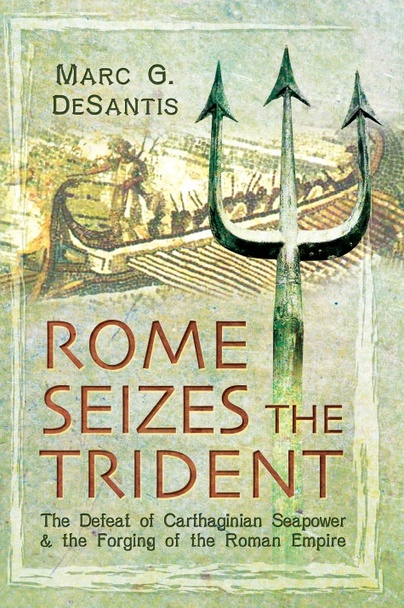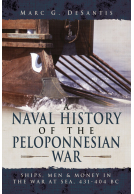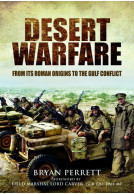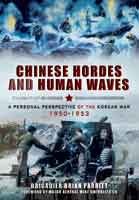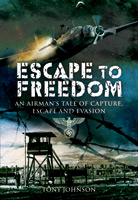Rome Seizes the Trident (Hardback)
The Defeat of Carthaginian Seapower and the Forging of the Roman Empire
Imprint: Pen & Sword Military
Pages: 272
ISBN: 9781473826984
Published: 16th May 2016
(click here for international delivery rates)
Order within the next 2 hours, 40 minutes to get your order processed the next working day!
Need a currency converter? Check XE.com for live rates
| Other formats available - Buy the Hardback and get the eBook for free! | Price |
|---|---|
| Rome Seizes the Trident eBook (1.9 MB) Add to Basket | £6.99 |
Seapower played a greater part in ancient empire building than is often appreciated. The Punic Wars, especially the first, were characterized by massive naval battles. The Romans did not even possess a navy of their own when war broke out between them and the Carthaginians in Sicily in 264 B.C. Prior to that, the Romans had relied upon several South Italian Greek cities to provide ships in the same way as its other allies provided soldiers to serve with the legions. The Romans were nevertheless determined to acquire a navy that could challenge that of Carthage. They used a captured galley as a model, reverse engineered it, and constructed hundreds of copies. The Romans used this new navy to wrench maritime superiority from the Carthaginians, most notably at the Battle of Ecnomus where they prevailed through the use of novel tactics. Although not decisive on its own, Rome's new found naval power was, as Marc De Santis shows, a vital component in their ultimate victory in each of the three Punic Wars.
DeSantis’ book is a good survey of Rome’s efforts at sea and the effects of the strategy and tactics involved in the period covered. He discusses the effects of battles and political manoeuvring, including its effects on the struggles underway on land. This is a great read... I am happy to recommend this book to anyone interested in ancient history, military history, naval history, classic naval warfare. I will admit to having learnt a few new things here, especially about Queen Teuta and her conflict with Rome.
THOMO'S HOLE
Read the full review here
In all, De Santis gives us an excellent view of war at sea in the period and of the Punic wars, which will prove of great value for those lacking familiarity with the period, and is not without some insights likely to be of interest to the more serious student of the subject.
StrategyPage.Com - reviewed by A. A. Nofi, Review Editor
Click here to read the review in its entirety
An interesting study of one of the most important aspects of the long series of wars between Rome and Carthage.
HistoryOfWar.org
Click here to read the review in its entirety
Marc Desantis writes with a pleasingly direct manner, and whilst there are few illustrations, those provided are pertinent. There is a genuine impression of authenticity in the text.
UNRV
The reader can almost see the lighthouse guiding them to a safe conclusion, but the author is well aware that the conclusions are his and that resolving the issues of ancient naval warfare are open to some debate. Nonetheless this is a book that builds a sound keel for future understanding of the subject.
Read the full review here.
For the society member who is starting to take an interest in the wars between Carthage and the Roman Republic, I recommend it.
Slingshot 308
As featured in
VaeVictis, September 2016
A well-researched and illuminating look at an aspect of the Punic Wars that rightly deserves more attention.
Destructive Music
Read the full review here.
As featured in
Military History Monthly, October 2016
This oddly titled book is a most interesting retelling of the three Punic wars, with an emphasis on the contest for naval supremacy.
Dr John Viggers, Freelance
Carthage was the naval superpower of the Mediterranean, and Rome had almost no seafaring history or capability. Yet Rome won the naval contest. This book explains how. It also explains how the destruction of Carthage was the single most important event in the forging of the Roman empire, yet also planted the seeds for Rome’s eventual fall.
The author includes fascinating information about the design and construction of galleys, and the financial and manpower implications of the massive undertaking of building a navy from scratch.
I particularly enjoyed chapter 4 which explained the technology, capabilities and limitations of galleys, and the implications and risks of various strategies such as ramming. Rome’s use of the corvus which permitted use of its famed infantry in sea battles, provided a technological edge for a few years but was ultimately discontinued, probably due to a resulting reduction in seaworthiness of the galleys caused by the heavy corvus.
The book includes a few maps (too few in my opinion, and not all locations in the text are on the maps) , and diagrams of the likely appearance of the corvus. It is well written, and appealed to this general reader. It should particularly appeal to students of ancient history, military history, naval history, and ship construction.
Highly recommended.
As featured in.
Military History Monthly Magazine
About Marc G DeSantis
Marc G. DeSantis is a historian and attorney who has written extensively on military historical subjects for such publications as Military History Quarterly, Ancient Warfare, and Military Heritage.







